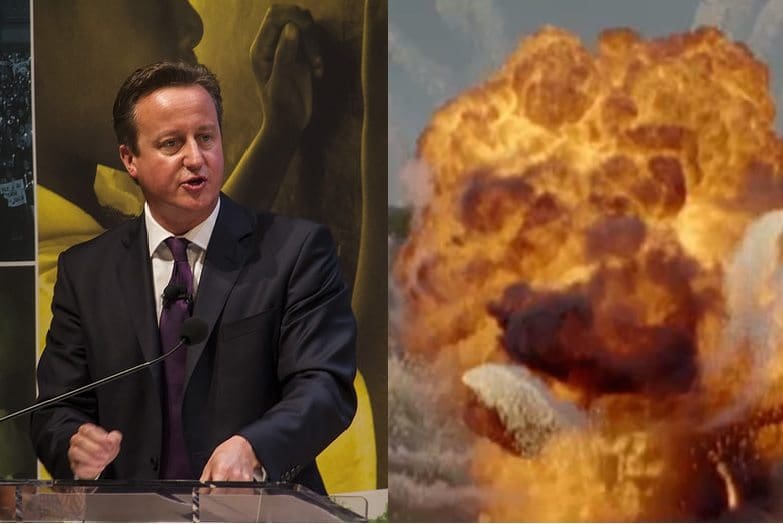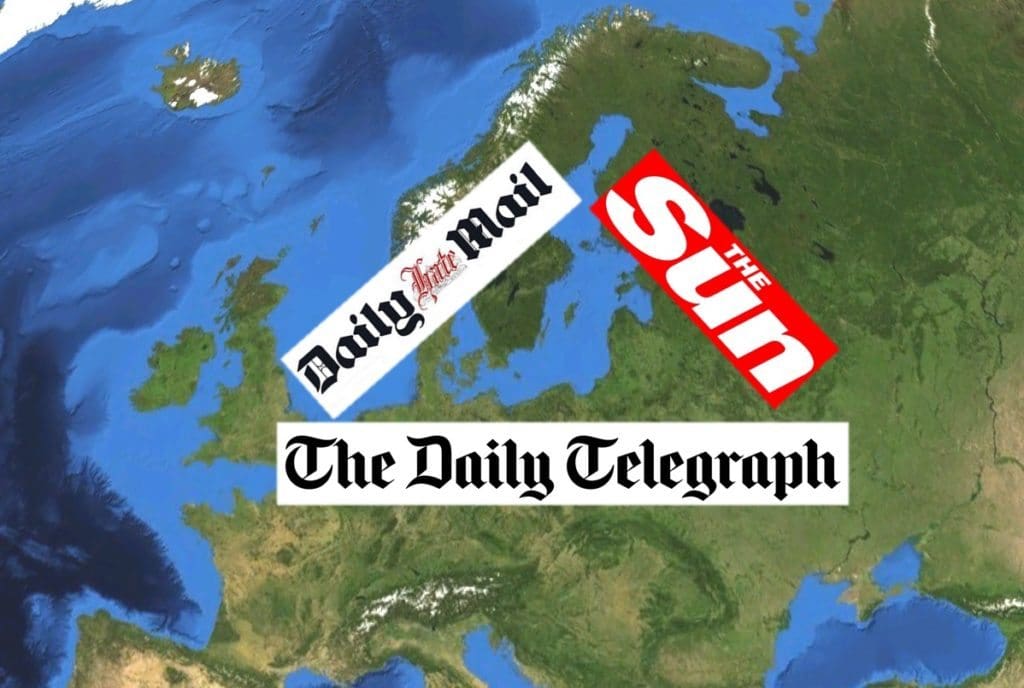A recent report issued to the Bank of England has revealed that the actions of George Osborne may be about to trigger a financial crisis greater than 2007, and once again, it will start in the housing market.
The Chancellor has been aware for some time, that there has been a bubble in the buy-to-let housing market, where people buy properties in order to rent them out. The problem with this market growing too fast, or too big, is that if interest rates on the mortgages go up, it can trigger a mass sell-off. This floods the market with houses, resulting in a sudden crash in prices. This generally triggers a domino effect, as lenders stop lending (slowing the market further), and then the negative equity trap happens where homeowners who may have remortgaged their properties based on the higher market value, or took on a higher mortgage planning to sell on at the higher market value, suddenly find themselves in serious financial distress.
A new report from the National Landlord’s Association states that this moment may arrived. As Business Insider reports:
It looks like (Bank of England Governor Mark) Carney’s worst fear about buy-to-let could come to pass even without an interest rates rise. The Times reports on Wednesday that 500,000 buy-to-let properties could be sold off in the next year alone, followed by 100,000 a year until 2021.
While it’s notoriously difficult to rely on forecasts of what willhappen in the future, the figures come from a survey by the National Landlords Association and so are worth noting. The proportion of its members signalling intentions to sell with the next year has jumped from 7% in July to 19%.
The CEO of the National Landlord Association laid the problem at the feet of the Chancellor himself:
“Two speeches from the chancellor in 2015 have led to a crisis in confidence greater than when all but a few buy-to-let products were immediately withdrawn from the market following the 2007 financial crash.”
This worrying report comes less than a month after one of the City of London’s leading bear strategists warned of impending crash in 2016. Albert Edwards told an investment conference in London:
“Developments in the global economy will push the US back into recession,”
“The financial crisis will reawaken. It will be every bit as bad as in 2008-09 and it will turn very ugly indeed.”
“Can it get worse? Of course it can.”
Edwards pinned the expected crash of 2016 firmly on the same banks which caused the Financial Crisis in 2007/8, and the policy makers (like George Osborne and Mark Carney) who failed to reign them in afterwards.
“They didn’t understand the system then and they don’t understand how they are screwing up again. Deflation is upon us and the central banks can’t see it.”
Edwards was backed up by RBS, who issued a ‘sell everything’ warning in the same month – which means exactly what it says: sell everything, the market is about to crash.
Now, forecasts are forecasts. They are not inevitable, or absolute. What’s concerning is the absence of corrective action in the face of these dire warnings.
Whether it is the astronomical spike in house prices, the sudden crisis-in-confidence in the buy-to-let market, the crisis in China, the crash in prices of Brent Crude oil, or the litany of other red flags – the major indicators of an impending crash are present today. What’s worse, is the Conservative government are woefully under-prepared to deal with such a crash if and when it happens.
This could be the cause of the sudden rumours of a snap election in 2016. David Cameron has spent the last five-and-a-half years making an unholy mess of the nation’s finances. But he won’t be sticking around for the clean up.
Featured Image via Flickr Creative Commons



















